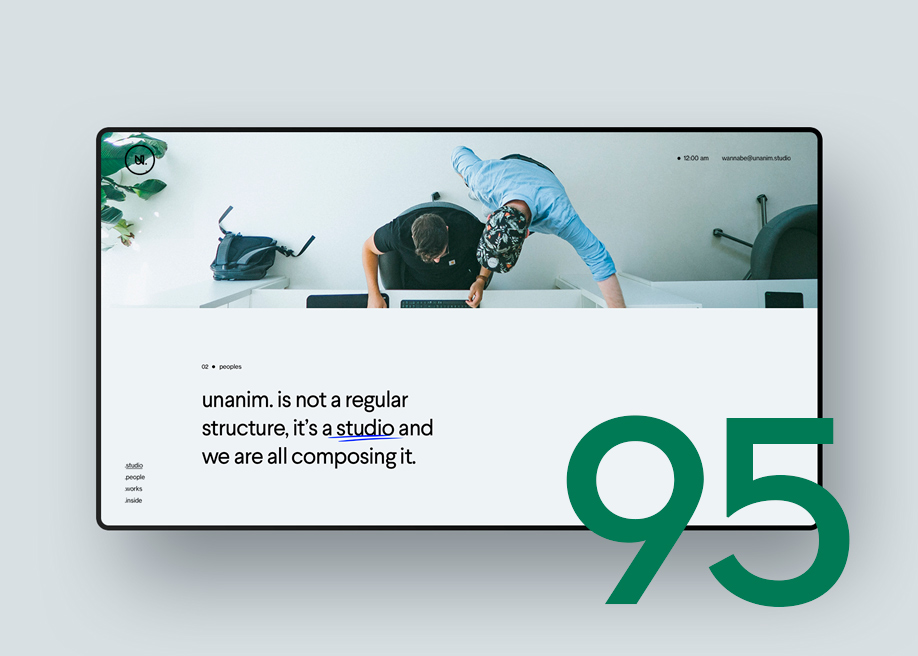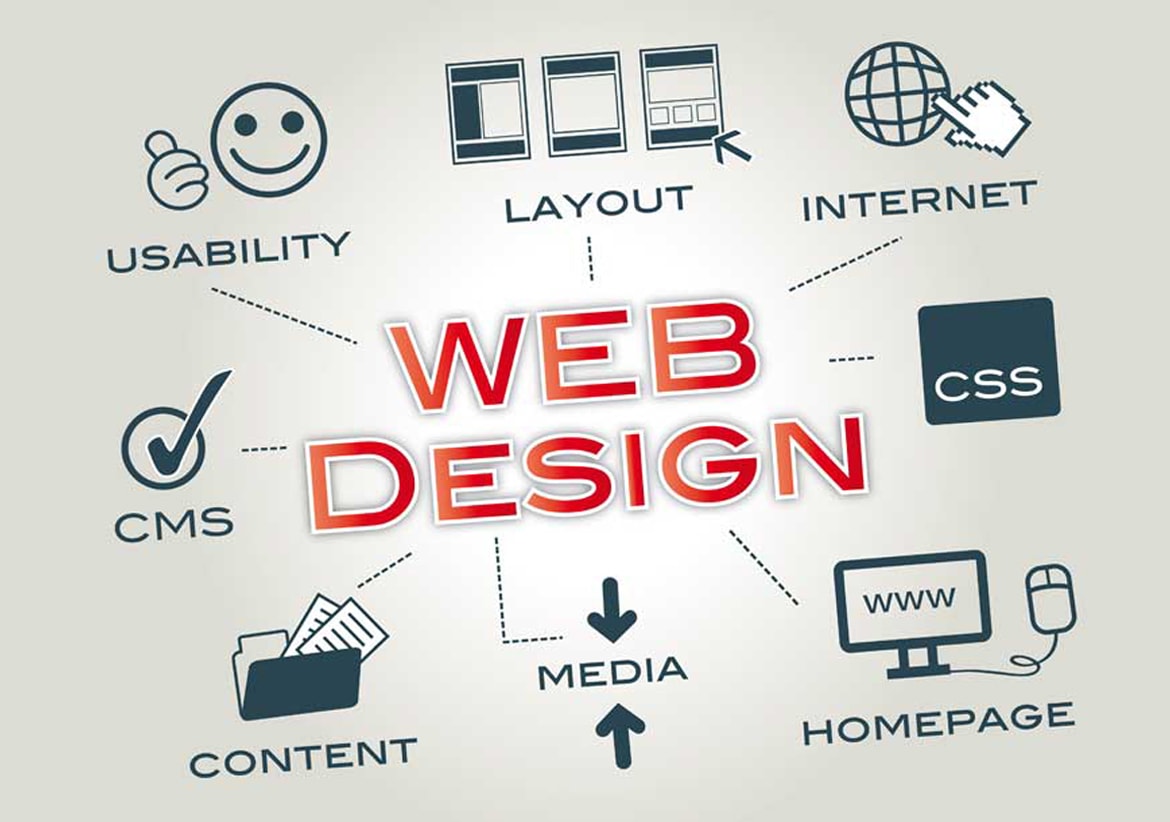Web Design Trends: What’s New and What Works for Modern Websites
Why Web Style Is Vital for Structure Depend On and Engaging Customers
In today's electronic landscape, the significance of web design prolongs far past appearances; it is an essential variable in establishing depend on and promoting consumer engagement. A well-crafted site not only forms very first impressions yet also influences user experience, which can identify the durability of client relationships.

The Influence of First Impressions
The minute a visitor come down on a site, they swiftly create an impression that can either involve them or drive them away. This instantaneous analysis, often based on visual elements, design, and overall aesthetics, plays a critical function in determining whether users will discover more or leave right away. Study indicates that users often make judgments concerning a website's reliability within simple secs, emphasizing the need for a sleek and expert design.
A well-structured site that shows brand worths promotes depend on and encourages users to dive deeper into the web content. Crucial element such as shade plans, typography, and images needs to line up cohesively to produce an aesthetically attractive experience. Alternatively, a chaotic or outdated style can stimulate uncertainty, leading prospective customers to doubt the brand's integrity.
Moreover, the impression extends past simple visuals; it encompasses navigating simplicity and performance. A website that is user-friendly and instinctive guarantees visitors feel comfortable exploring its features. Ultimately, the impact of initial perceptions can not be overstated; they lay the foundation for customer engagement and lasting connections. Investing in reliable web style is, consequently, an essential strategy for developing trust fund and inviting individuals to interact with the brand.
Relevance of User Experience
A favorable impression establishes the phase for a much deeper link between the website and the user, making customer experience (UX) an essential part of website design. UX encompasses all aspects of the end-user's interaction with the website, influencing their complete satisfaction and engagement levels. A properly designed UX makes certain that individuals can navigate the site with ease, locate info rapidly, and complete wanted activities effortlessly.
Key components of reliable UX include responsive layout, which enables for seamless accessibility on different devices, and clear navigating that lowers cognitive load. When individuals run into friction, such as slow loading times or made complex designs, they are likely to desert the site, bring about possible lost sales and diminished depend on.
Additionally, a favorable UX promotes emotional links, encouraging individuals to recommend the website and return to others. This not only boosts customer retention yet also widens the individual base via word-of-mouth. By prioritizing UX, organizations can produce a setting where users really feel valued and understood, eventually driving conversion rates and long-lasting commitment. In today's competitive landscape, buying user experience is not just beneficial; it is necessary for sustainable growth and success.

Structure Brand Name Trustworthiness
Developing brand integrity is essential for cultivating trust among customers and ensuring long-lasting involvement with a website. A well-designed web site acts as the foundation whereupon credibility is my latest blog post developed. Crucial element such as professional aesthetic appeals, instinctive navigating, and mobile responsiveness reflect a brand's commitment to high quality and customer satisfaction.
Furthermore, integrating aspects like consumer endorsements, study, and market accreditations can dramatically boost perceived reliability. These elements offer concrete evidence of a brand name's dependability and experience, enhancing customers' self-confidence in their selections.
Regular branding throughout all electronic touchpoints additionally plays an essential duty. Well-known logo designs, consistent color pattern, and cohesive messaging produce a sense of familiarity and credibility. When users see a consistent brand visibility, they are extra most likely to regard the brand name as legitimate and reliable.
On top of that, protection functions such as SSL certificates and transparent personal privacy plans assure users that their information is risk-free, further strengthening trust fund. By prioritizing these aspects in website design, companies can effectively construct brand reliability, creating a strong foundation for consumer loyalty and long-term success in a significantly digital industry.

Enhancing Customer Involvement
Involving clients successfully needs a strategic strategy that surpasses mere aesthetic appeals. A well-designed web site uses aesthetic aspects, web content, and performance to create an immersive experience that records visitors' focus and motivates communication. Secret components consist of intuitive navigating, compelling calls-to-action, and tactically placed web content that resonates with the target market.
Interactive features, such as surveys, quizzes, and comment areas, cultivate a sense of area and motivate customers to participate actively. This involvement not only boosts individual experience yet also supplies valuable understandings right into client choices and behaviors. Furthermore, including multimedia elements like infographics and video clips can communicate details more dynamically, keeping customers engaged longer.
In addition, personalization plays an important duty in see enhancing client involvement - Web design. Tailoring content based upon customer behavior and preferences makes visitors really feel valued and recognized, enhancing the probability of return brows through and conversions
Ultimately, a web site made with engagement in mind transcends simple performance; it comes to be a system for constructing relationships. By prioritizing individual experience with thoughtful layout and interactive components, businesses can cultivate deeper connections with their audience, promoting commitment and motivating continuous involvement.
Mobile Responsiveness and Ease Of Access
A site that perfectly adapts to numerous display sizes enhances customer experience, which is crucial for promoting and maintaining visitors count on. Users anticipate to navigate web sites effortlessly, no matter of the tool they are utilizing.
In addition to responsiveness, ease of access is equally essential. Creating with ease of access in mind ensures that all customers, including those with disabilities, can engage with the site effectively. This can entail incorporating different text for images, ensuring adequate shade comparison, and making it possible for key-board navigating. Accessibility not just broadens the audience however also lines up with moral duties and lawful criteria.
Additionally, search engines focus on mobile-responsive and easily accessible websites in their rankings. This indicates that buying these elements not just enhances individual involvement but likewise enhances presence in search results page. In conclusion, mobile responsiveness and availability are crucial in web design, directly affecting individual trust fund and total customer engagement.
Conclusion
By creating a aesthetically attractive and user-friendly interface, organizations can boost very first impressions and boost general user experience. Ultimately, a well-structured internet site not only enhances brand name reputation however also grows long lasting client partnerships, making internet design a vital element of successful electronic technique.
A well-crafted internet check out this site site not only forms first impacts however also affects user experience, which can figure out the longevity of consumer relationships. Study suggests that customers typically make judgments about a site's reputation within simple secs, emphasizing the demand for a polished and expert layout.
Investing in reliable web style is, consequently, a vital approach for developing depend on and inviting individuals to connect with the brand.
A positive initial impression sets the phase for a much deeper connection between the customer and the website, making individual experience (UX) a crucial part of web design. In final thought, mobile responsiveness and access are essential in web layout, straight impacting user count on and general client involvement.